Premium Only Content
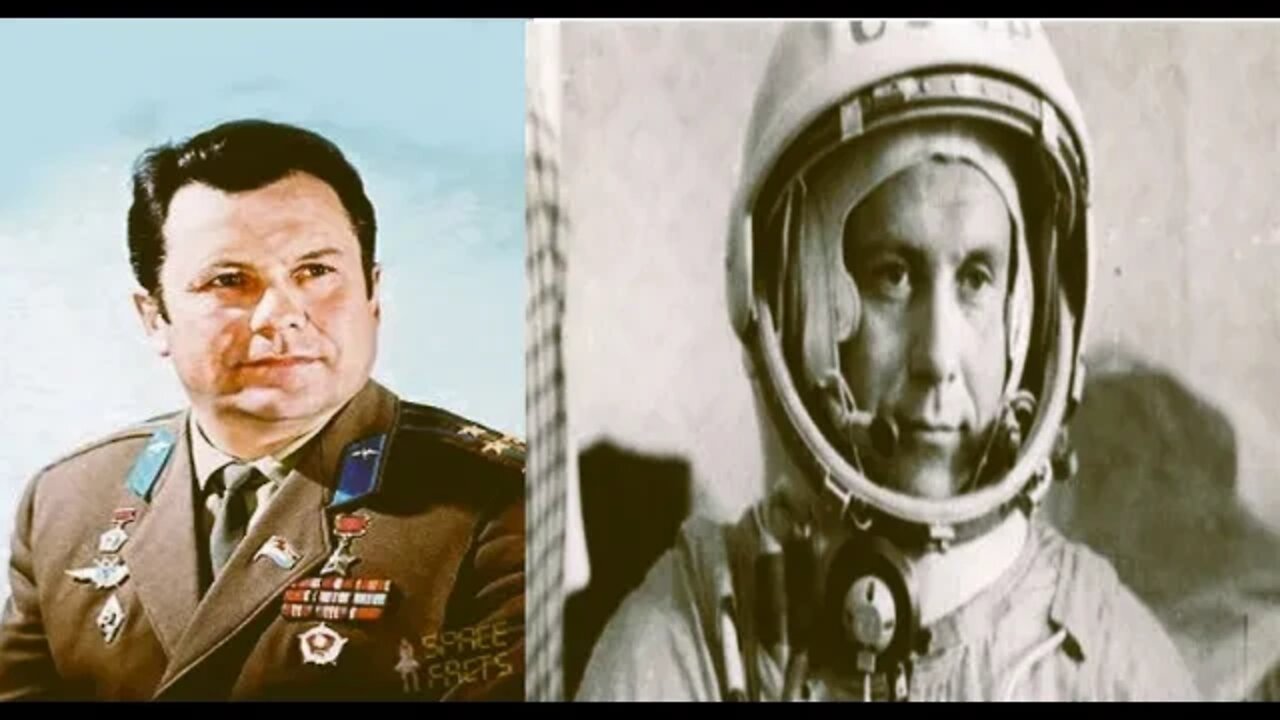
UFO Sighting By Soviet Cosmonaut Pavel Popovich
On September 30th 2009, General-Major of Aviation, Pilot-Cosmonaut Pavel Romanovich Popovich, the first Ukrainian cosmonaut in history, passed away. Always proud of his ethnicity, twice Hero of the Soviet Union award, he had many other awards and medals.
Pavel Popovich was greatly respected; a kind, nice and decent person, always ready to help others. His life was intertwined with the turbulent history of UFO research in the Soviet Union after 1978.
Popovich was born in Soviet Ukraine on October 5, 1929. A young engineer and amateur pilot, Popovich joined the Soviet Air Force; in 1960 he was enrolled in the first team of cosmonauts. Popovich was the Number “Four” Cosmonaut in the history of manned spaceflights. He underwent a full course of training for space flights on board “Vostok” spacecraft.
Pavel Popovich (as a boy) lived under the Nazi occupation for several years, and this fact could sink his chances to become a Soviet cosmonaut. The KGB took several months to study biographies of each of the future cosmonauts; someone must have had the courage to overlook that fact, and let him continue his training.
POPOVICH AND SETKA: A SECRET SOVIET UFO RESEARCH PROGRAM
In 1978, the powerful Military-Industrial Commission created two UFO research centers, one in the USSR Academy of Sciences, the other in the USSR Defense Ministry. The anomalous phenomena research in the USSR Academy of Sciences became the subject of a special scientific research program designated as SETKA-AN.
The Soviet Ministry of Defense embarked on a similar program, the secret SETKA-MO. Both centers aided each other’s UFO research and exchanged information. The first act of the SETKA-AN resulted in official sanction of “anomalous atmospheric phenomena” as a descriptive term, instead of the forbidden “UFO.”
The SETKA-AN debunkers did its best to prove there are no UFOs, only errors in observation of rocket launches, or at the very least, ball lightning. But there had been occasions when “anomalous phenomena” had led to the unauthorized launches of mobile missiles, and on other occasions, the appearance of UFOs during military training exercises had resulted in the breakdown of radio communications and equipment malfunctions.
The program ended in 1991, but a group of experts remained in the Department of General Physics and Astronomy of the Russian Academy of Sciences where they analyzed incoming reports until 1996.
Scientific arguments regarding the nature of UFOs had been the least of the military researchers’ concerns; they did, however, pay close attention to the hypothesis that UFOs are manifestations of an ET civilization. They had been concerned with UFOs’ quite unpredictable impact on military technology and on personnel. They wanted to know how they could use UFO properties for their own pragmatic military needs.
In 1984, by the decision of VSNTO (All-Union Council of Scientific Technical Societies), a Central Commission for Anomalous Phenomena in the Environment was created. Its Chairman was Soviet academician V. Troitsky, one of his deputies was General-Major of Aviation, Pilot-Cosmonaut P. Popovich.
The Commission was born because those in charge of the academic research of the SETKA program basically got rid of independent UFO researchers, leaving only the debunkers together with military specialists from secret military institutes in the program.
Independent Soviet ufologists did nottake the continuous scorn from debunkers lying down, and basically moved the Academy of Sciences aside, by directly approaching military coordinators of the secret program.
-
 15:09
15:09
BlackDiamondGunsandGear
10 hours agoTop 5 Pistols UNDER $400
49.9K15 -
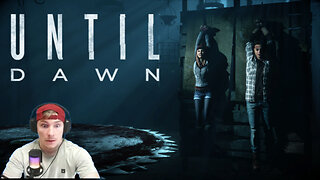 LIVE
LIVE
Flex011
6 hours agoCan We All Survive the Night? 😱 | UNTIL DAWN Horror Adventure LIVE!
169 watching -
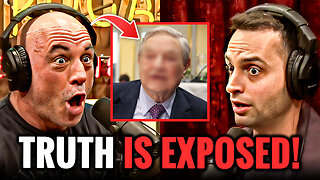 8:31
8:31
Hollywood Exposed
14 hours agoJoe Rogan Just EXPOSED Who’s REALLY Behind the “No Kings” Protests
9.97K3 -
 34:29
34:29
Uncommon Sense In Current Times
17 hours ago $0.01 earnedFaith at Work | Mike Sharrow on Living Boldly for Christ in Business
9.81K -
 1:50:34
1:50:34
Midnight In The Mountains™
2 hours ago☕ Morning Coffee w/ Midnight & The Early Birds of Rumble | 3i/ATLAST?! Caribbean Screwed
6.07K2 -
 LIVE
LIVE
DynastyXL
2 hours agoBattlefield 6 BR — First Drop, No Mercy! Where we dropping boys! 🪂
24 watching -
 7:37
7:37
The Shannon Joy Show
15 hours agoThe U.S. Economy is in SHAMBLES.
7.41K19 -
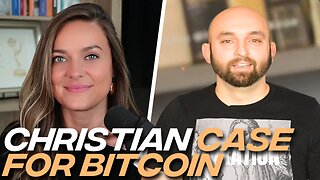 48:03
48:03
Coin Stories with Natalie Brunell
20 hours agoChristianity and Bitcoin: Why ‘You Shall Not Steal’ Demands Hard Money Not Fiat
25.4K6 -
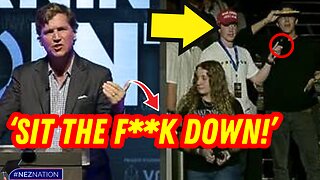 22:38
22:38
Professor Nez
18 hours agoI've NEVER Seen Tucker Carlson like THIS...
21.2K18 -
 13:43
13:43
Actual Justice Warrior
1 day agoHomeless Psycho Tries To KILL Massage Workers
20.2K13